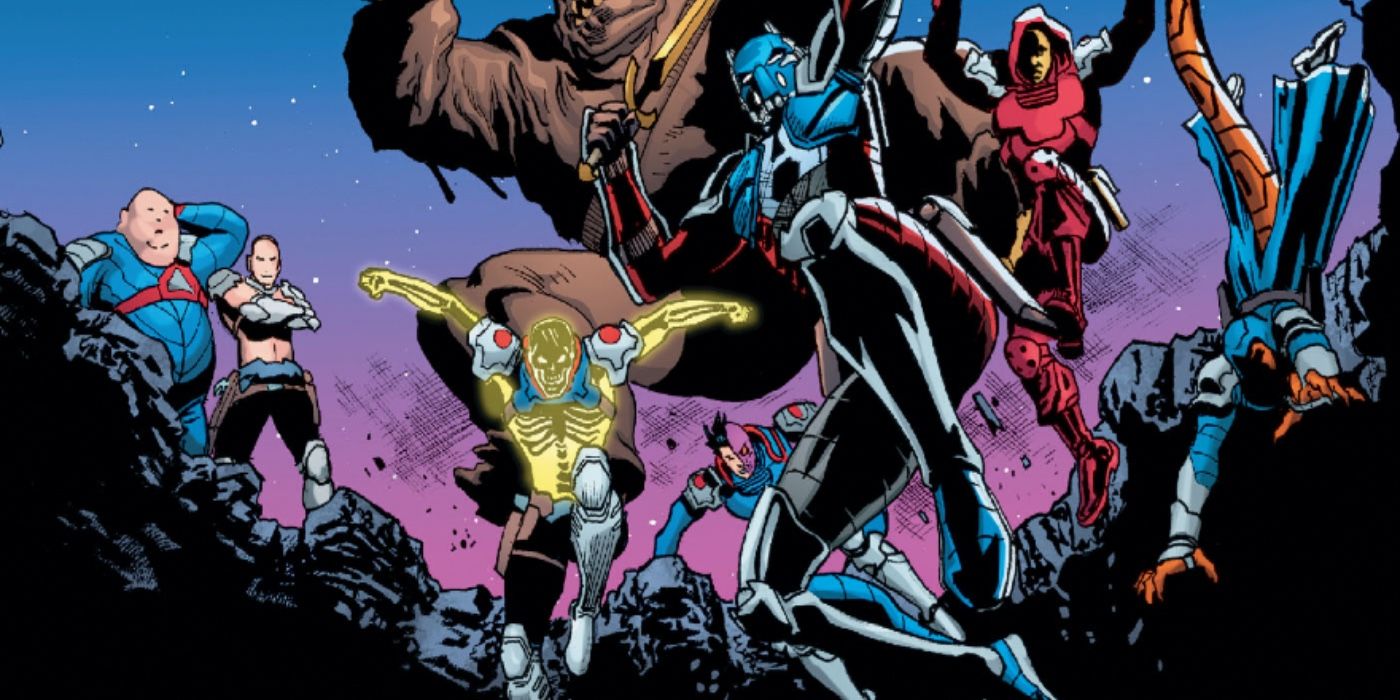DC Comics’ recently concluded Future State initiative and ongoing Infinite Frontier relaunch have each provided a fresh new direction for the publisher’s legendary lineup of costumed superheroes – but the back-up stories inside need to be better. Aside from adding to the mythos of household names like Superman and Wonder Woman, DC has taken the opportunity to spotlight newer and lesser-known characters through the use of back-up features. A back-up feature is a short story at the end of a comic book that centers on a secondary superhero, usually related to the title character. While recent back-up stories have been inconsistent in quality, the future of these abbreviated adventures may be as much in the hands of the fans as the creators.
For decades, back-up features have played an important role in the growth of the comic book industry. This method of short-form storytelling gives publishers the flexibility to test out a new property or to feature a legacy character that may or may not be popular enough to merit their own title. This tactic increases the character’s visibility and occasionally results in a solo series. For example, J’onn J’onzz the Martian Manhunter began as a back-up feature in 1955’s Detective Comics #225. Over time, J’onzz would garner enough attention to become a member of the Justice League and a headliner. Future State and Infinite Frontier have also leaned on back-up stories as a means of world-building and plot development.
DC’s Future State initiative largely utilized back-up features that centered on secondary characters reacting to the events of the primary story. Examples of this include the Arkham Knights fighting the Magistrate in Future State: The Next Batman, and Guardian keeping the peace in Future State: Superman of Metropolis. The Infinite Frontier relaunch also adheres to this approach and includes back-up features in the ongoing Superman, Batman, and Justice League titles. The success of these stories, and the perpetuation of the trend, is as dependent on the support of the fans as the commitment of the publisher. Recent results have been hit-or-miss on both fronts.

Future State’s back-up features have been handled by talented creators such as Jeremy Adams, Fernando Pasarin, Becky Cloonan, Michael W. Conrad, and others. Yet, the results of their efforts have been mixed. Too often, back-up stories are treated as less important and the quality suffers. Future State: Midnighter couldn’t even retain the same artist for two issues, with Gleb Melnikov being replaced by Michael Avon Oeming. Conversely, Future State: Black Adam was brilliantly written and beautifully rendered. When a back-up feature feels tacked on, readers are likely to skip it; when it is given the same weight as the main arc, readers invest.
The yin and yang of creative commitment and fan loyalty is the key to the success of DC Comics’ back-up features. Readers must be brave enough to give lesser-known characters a try, and artists must reward this effort with top-notch material. Past ventures such as 52 and Wednesday Comics prove that this balance can be struck, and that everyone benefits from its realization. DC must present secondary characters so compelling that readership can’t live without them. Readers must buy-in with gusto to complete the circle. If successful, DC’s B-list superheroes can finally grow away from their anchor characters and take their rightful place in the DC Omniverse.




